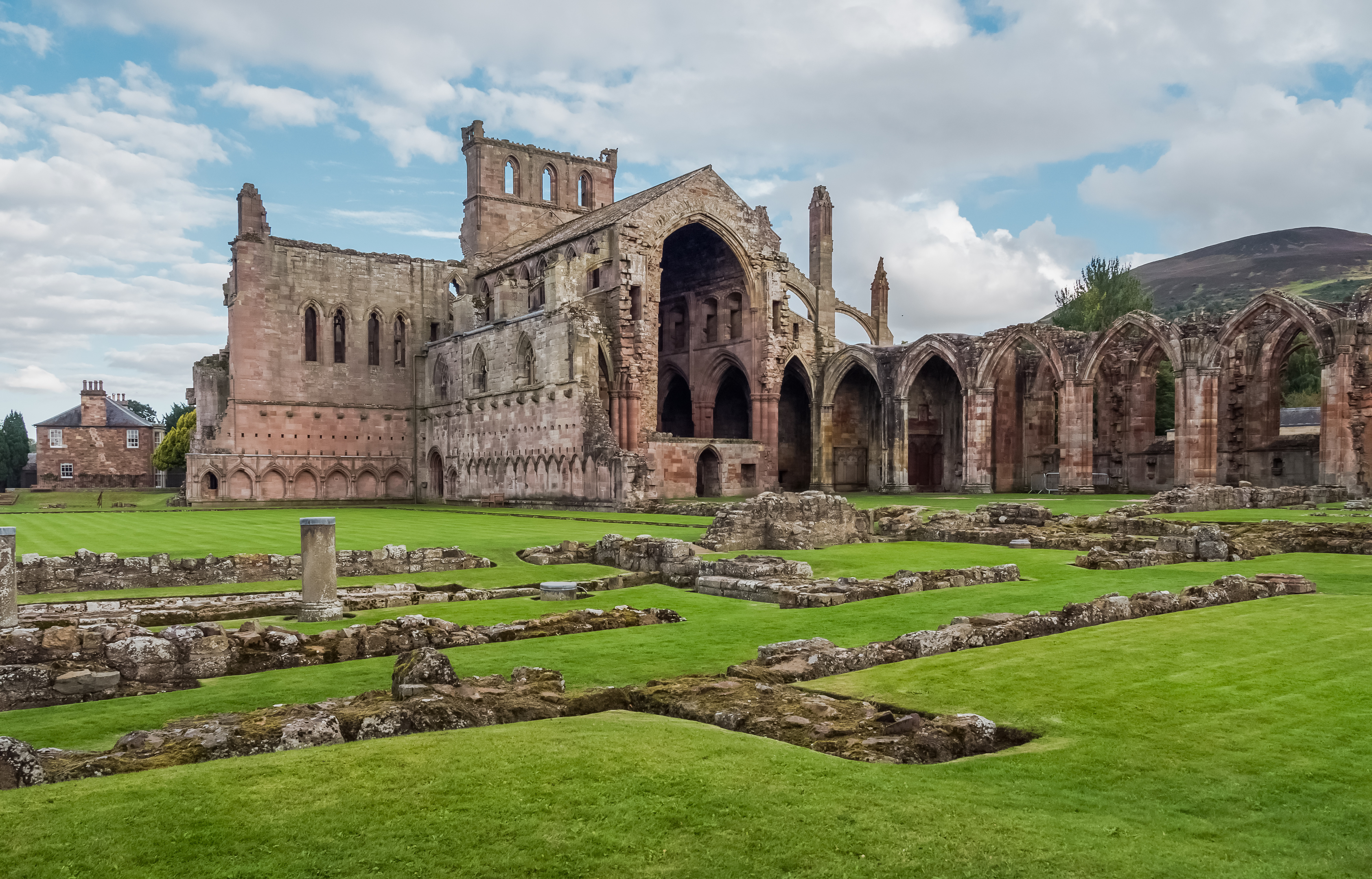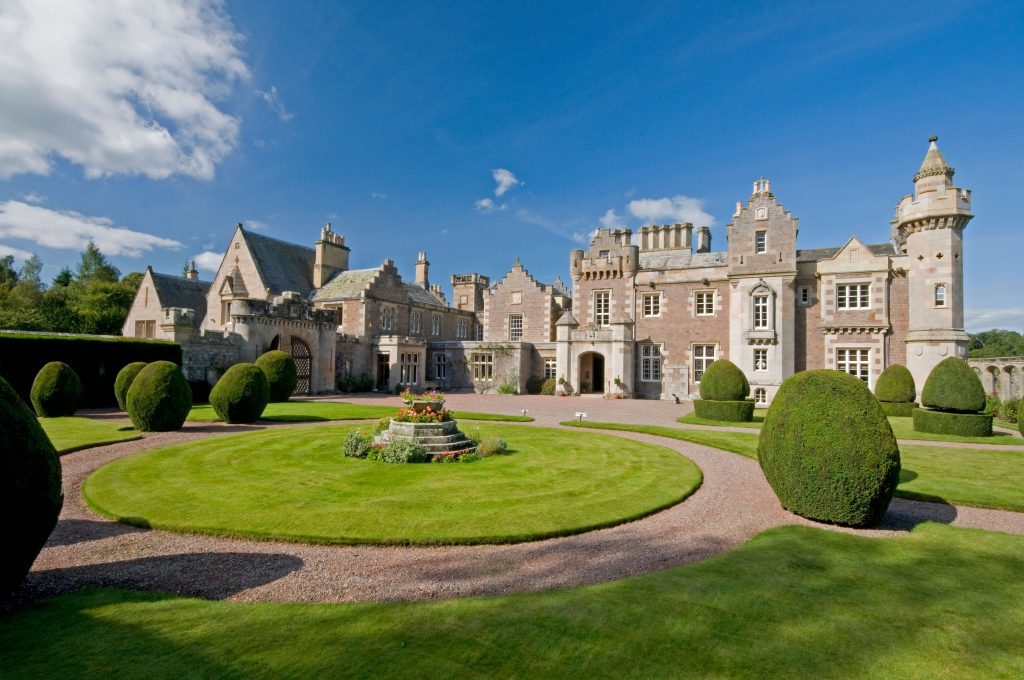
THERE are a lot of modern gems in 21st Century Scotland.
But the past is a huge draw for visitors from home and abroad. In fact, more than a third of tourists are drawn by our nation’s history and culture.
And there’s now an extra reason to check out some of the historic beauties.
2017 is the Year of History, Heritage and Archaeology. A whole programme of events has been planned. It’s inspired us to take a bit of a trip into yesteryear and we’ve picked Kelso which is jam-packed with architectural and historic interest.
And we can feel that the minute we drive into the French-style cobbled main square, which we learn is the biggest in Scotland.
The Bull Ring in the centre harks back to old market days and the bridge over the River Tweed was the model for Waterloo Bridge in London.
We could hardly miss our hotel for the night.
The Cross Keys is a huge, imposing building dating back to 1769. Thankfully, we find it hasn’t remained stuck in the past and it’s undergoing a major renovation programme.
The 26 rooms are slowly being done up and the programme has already been completed in the downstairs areas.
Once checked in we’re ready to hit the tourist trail. And the Borders in general is on the right track when it comes to pulling in more visitors these days.
Recent figures showed a real boom – or a “significant improvement” in dry report language. Overnight stays had leapt by more than a quarter, food and drink spending was up a fifth and jobs in the sector had taken a healthy upturn.
The reason it’s on the right tracks is that, well, it’s on the right tracks.
That’d be the steel ones of the Borders Railway which has opened up the region for anyone who fancies exploring and staying, seeing and dining.
We’re driving, but we leave the car and walk the 10 minutes along to Floors Castle on the outskirts of town.
It’s Scotland’s largest inhabited house, standing in some of the most stunning parkland you could wish to see.
As the Castle doesn’t throw open its doors until April 28, it’s the Walled Garden we’ve come to explore. Home to the finest Victorian kitchen garden, even on a drizzly afternoon we can see the appeal.
It’s just enough of a stretch of the legs to work up an appetite for a nice bite to eat back in Kelso after a reviving pint at Rutherfords, Scotland’s first micropub (no telly, no mobiles – just good chat). And after a hearty breakfast the following morning, we’re ready to strike out and see some more.
One of the other historic must-sees is Abbotsford, formerly the home of Sir Walter Scott and one of the places benefiting from the railway.
On our look around we learn about Scott’s early days, including his encounter aged 15 with Rabbie Burns. The house itself was built on the vast income the books brought in and it’s still pretty splendid these days.
Scott’s study is lined with bookshelves on two levels, packed with tomes he used right up to his death in 1832. It’s here we really get a sense of the man and his amazing works. He wrote at all hours under gas lighting installed in 1823, making it one of the first houses anywhere in the world to have it.
And beyond lies the library with views down over the gardens to his inspirational River Tweed.
There’s loads to see and we’re in no hurry, so it’s a while before we move on to our final look into the past at Melrose Abbey.
It’s regarded as Scotland’s most famous ruin and we can instantly see why. We wander around taking in the unusual sculptures – well come on, you don’t see a bagpipe-playing pig every day.
The best view comes by climbing the tower clutching the rope as we wind our way up the seemingly endless flight of spiral steps. Do take care to duck as you step out at the top. The view is spectacular down to the graveyard and across the rolling countryside.
Robert the Bruce helped to rebuild the abbey in the 14th Century and we round everything off, like many others before us, by stopping to take in the plaque where his heart is thought to be buried.

Enjoy the convenience of having The Sunday Post delivered as a digital ePaper straight to your smartphone, tablet or computer.
Subscribe for only £5.49 a month and enjoy all the benefits of the printed paper as a digital replica.
Subscribe